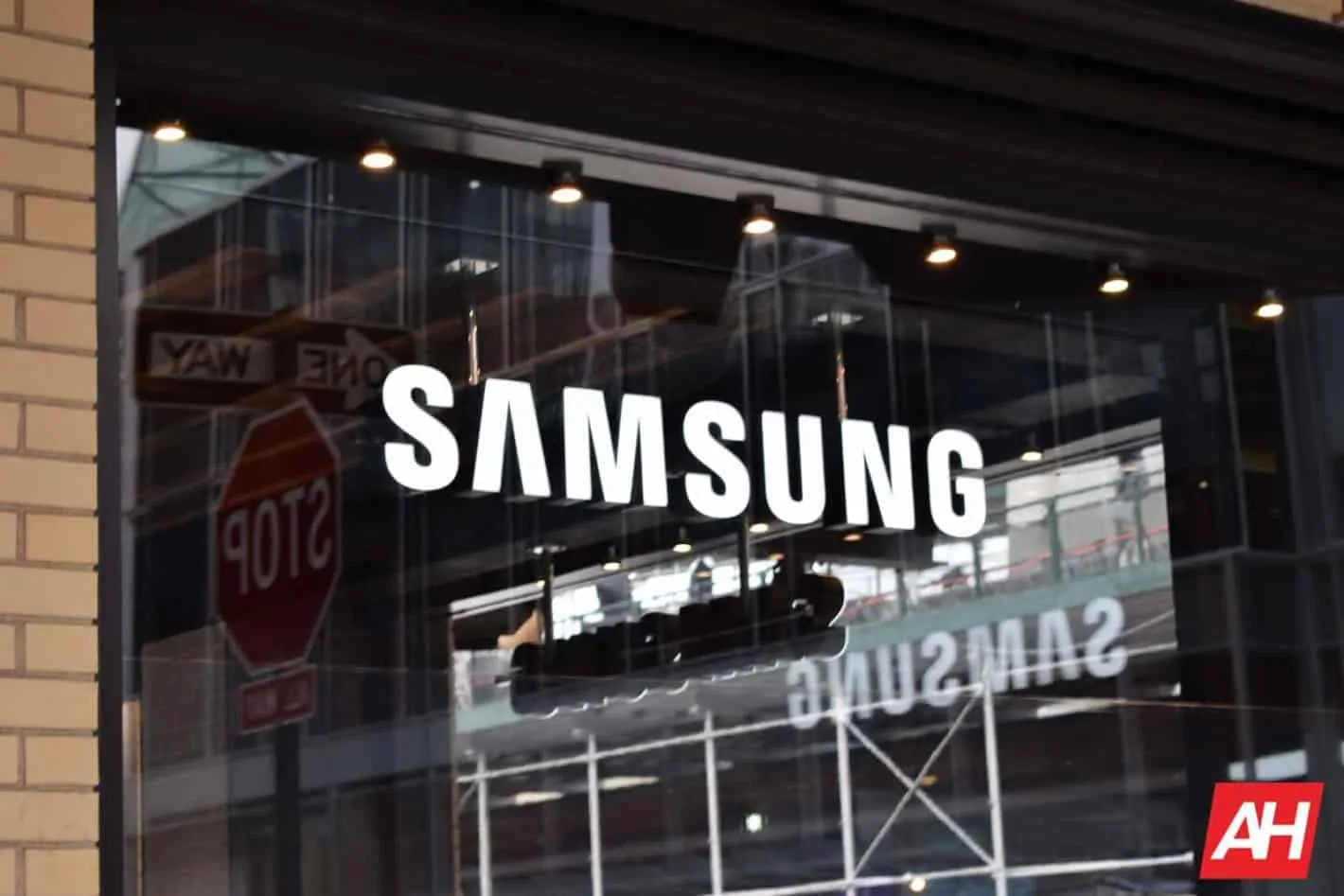Samsung has now released a white paper, “The Next Hyper-Connected Experience for All,” discussing its ambitions and goals for 6G networking.
Some highlights from the document are givens. The company doesn’t expect 6G to land anytime soon, for instance. It’s looking towards 2028 as an initial commercialization date with wider availability in 2030. But it will, the company says, integrate with “every corner of life” and across a wide variety of future technologies. From truly immersive extended reality experiences to high-fidelity mobile-driven hologram technology.
Driving that, Samsung speculates that the networks will support a much higher peak data rate — at up to 1,000 Gbps. Latency could be taken as low as 100 microseconds. The average data rate, at around 1Gbps, won’t likely change much. Neither will efficiency. But that peak rate, Samsung indicates, is 50-times that of 5G. And latency, reliability, and bandwidth will increase exponentially.
On latency, for instance, the figure above is only around one-tenth that of 5G.
There’s still plenty of work needed to move to the next-gen
Now the 6G white paper from Samsung examines an extensive array of futuristic products. And they rely on equally futuristic technologies. For instance, Samsung points to advancements leading to the use of the terahertz (THz) frequency bands. The fastest 5G of today utilizes mmWave bands in the gigahertz range.
Novel antenna technologies will need to be created to take advantage of THz frequencies. And those will, in turn, rely on new duplex technologies and the evolution of networking topology. Spectrum sharing will need to be explored to get the efficiency of frequency utilization up to par. And AI will need to be designed to manage communications.
Samsung’s 6G white paper aligns well with others in the networking industry
None of that means the technology is out of reach, however. In fact, the actual use cases for those advancements, as defined by Samsung, don’t step too far outside of what’s already been proposed by others. Including proposals put forward by the foremost expert in networking technology, Huawei. And Huawei has already gotten started on researching and developing the underlying solutions.
Like Samsung, Huawei hopes to use the extreme real-time low-latency of 6G for holographic communication and hologram UIs. Advanced VR is another shared goal. But Huawei is also centering its research around advancements in fields of medicine, smart cities, and ‘context-aware’ buildings. That’s in addition to biometric technologies, the blockchain, automation, and existing smart technologies.

